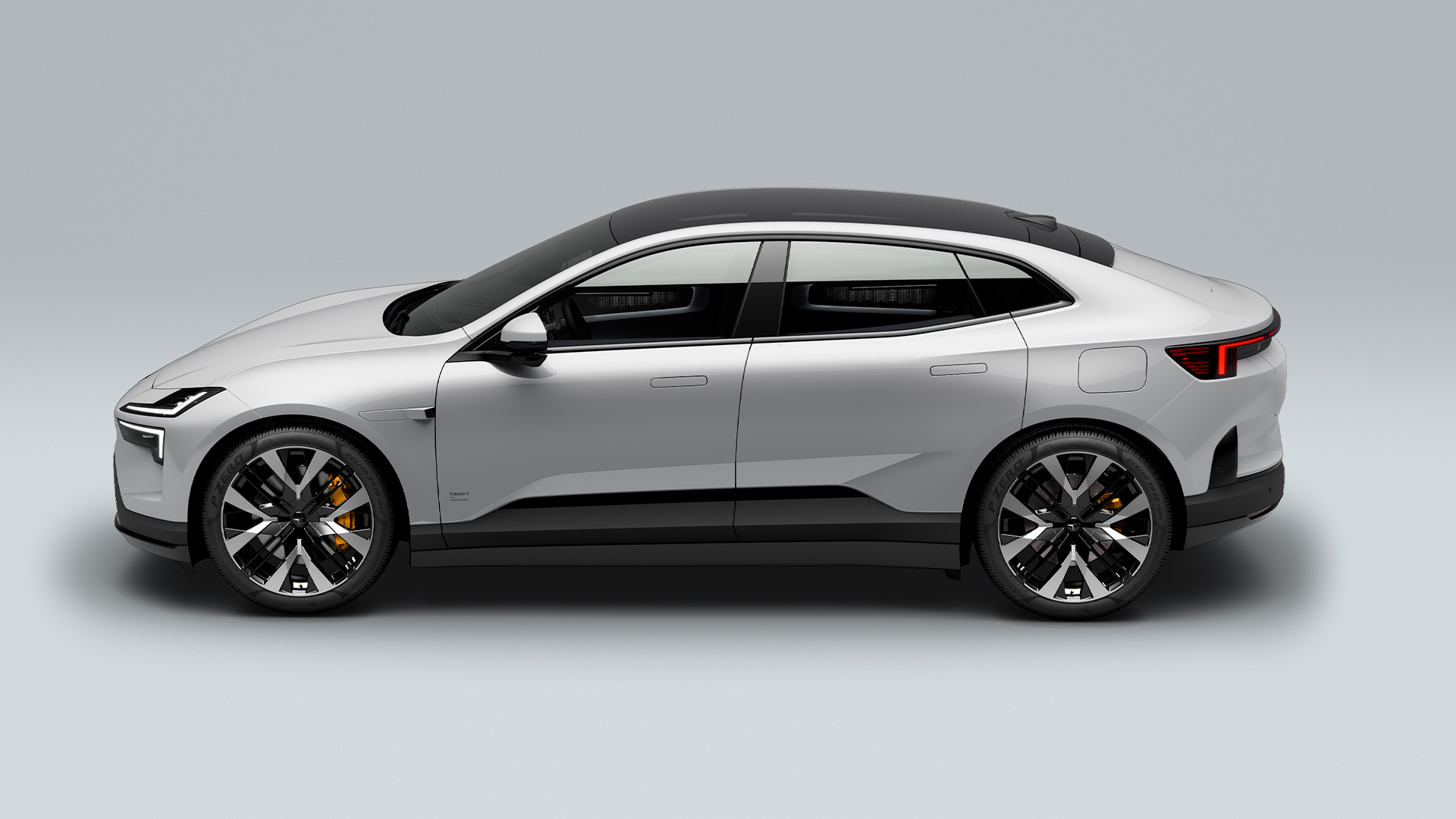

Front-wheel-drive cars have been an industry norm for decades. Whether it be your grandmother’s Toyota Camry or that hot hatch you’ve always dreamed about, there’s been no shortage of cars that transversely-mounted powerplants called home over the years. And why wouldn’t they be? Front-wheel-drive (FWD) cars were cheaper to build and often resulted in roomier, more economical packaging than the rear-wheel-drive of the ’70s and ’80s. But it also meant some sacrifices to performance.
Fast-forward to 2023, and vehicle platforms that once would be dedicated to a combustion engine paired with a FWD drive layout instead receive battery power with an electric motor at one or both ends. For vehicles with only a single motor, many manufacturers have reversed course and decided instead to have the drive motor power the rear wheels.

Quite a few automakers have already committed to RWD drivetrains. Tesla, Hyundai, Kia, and Volkswagen have all already made the move with their single-motor electric vehicles. Now, Volvo and its electric sister brand, Polestar, will join as the two most recent automakers to announce their respective forays into the RWD concept. For Volvo, that means its first commitment to a rear-wheel-drive vehicle in a quarter century.
But why the switch? Surely decades of automaking have proven that FWD is the superior drivetrain. right?
Well, not exactly. FWD has always been a bit of a compromise. Sure, the packaging made sense—just look at Chrysler’s K-Cars of the 80s—but it was really a cheaper method of building cars that were better on gas mileage. (That means drive configuration was also a great answer to the oil crisis and Clean Air Act). Sure, automakers made the best of what they could, but many performance and handling advantages were stripped from everyday vehicles.
In addition to moving the drive wheels to the rear, an EV has the advantage of moving weight around. For example, the heavy combustion engine that once lived under the hood of the car can be permanently stationed at the rear of a single-motor vehicle directly over the drive wheels.
“When we reduce the weight on the front axle, we make the car a little bit more agile and a little bit more fun to drive,” explained Joakim Rydholm, head of chassis development at Polestar, in an interview with Automotive News Europe.
“So, we improve traction, we improve directness, speed of response, and that together gives more driving pleasure. This means we can improve comfort without sacrificing on performance and the handling.”
But that’s not all; floor-mounted battery packs in modern EVs have helped to balance weight distribution tremendously. So while electric cars are indeed heavier, it’s easier to achieve that near-perfect ratio between the front and rear axles by spreading out the weight over the length of the car.
Moreover, modern traction control systems are just plain good. This isn’t something exclusive to electric cars—even gas-powered vehicles have achieved decent torque vectoring by modulating brakes independently at each wheel, but modern EVs take it up a notch by performing thousands of software-based every second. And by positioning the drive unit directly over the drive wheels (just like in a FWD vehicle), the added weight helps with traction.
“In the old days one disadvantage of having a light rear end was that rear-wheel drive would be ‘exciting’ in some moments because of a loss of traction,” said Christian Samson, Polestar’s head of product attributes.
Not all automakers have jumped aboard the RWD train just yet.
Nissan, for example, has claimed that it has kept the Leaf front-wheel-drive to maximize room in the hatch area. Meanwhile, its brand-new Ariya EV is available with a dual-motor AWD drivetrain but still keeps FWD for its single-motor configuration, meaning that the reasoning for the Leaf likely doesn’t apply to the Ariya.
Regular car buyers should rejoice. The fact that RWD is returning means the potential for more enjoyable handling. So, despite the personality of the combustion engine being phased out across the board, there are still some exciting things to look forward to when it comes to electric cars, and RWD is one of them.
Got a tip or question for the author? Contact them directly: rob@thedrive.com